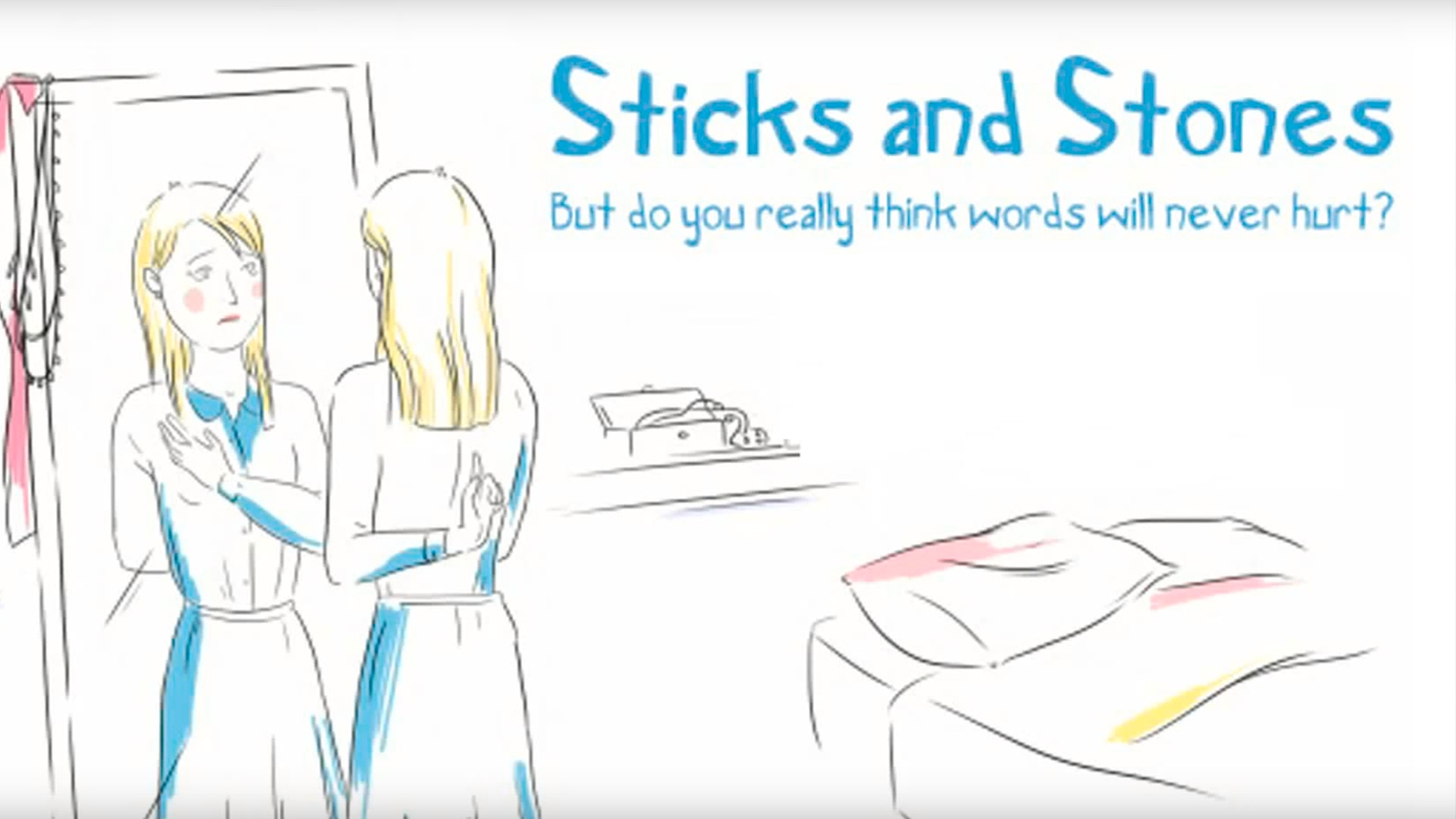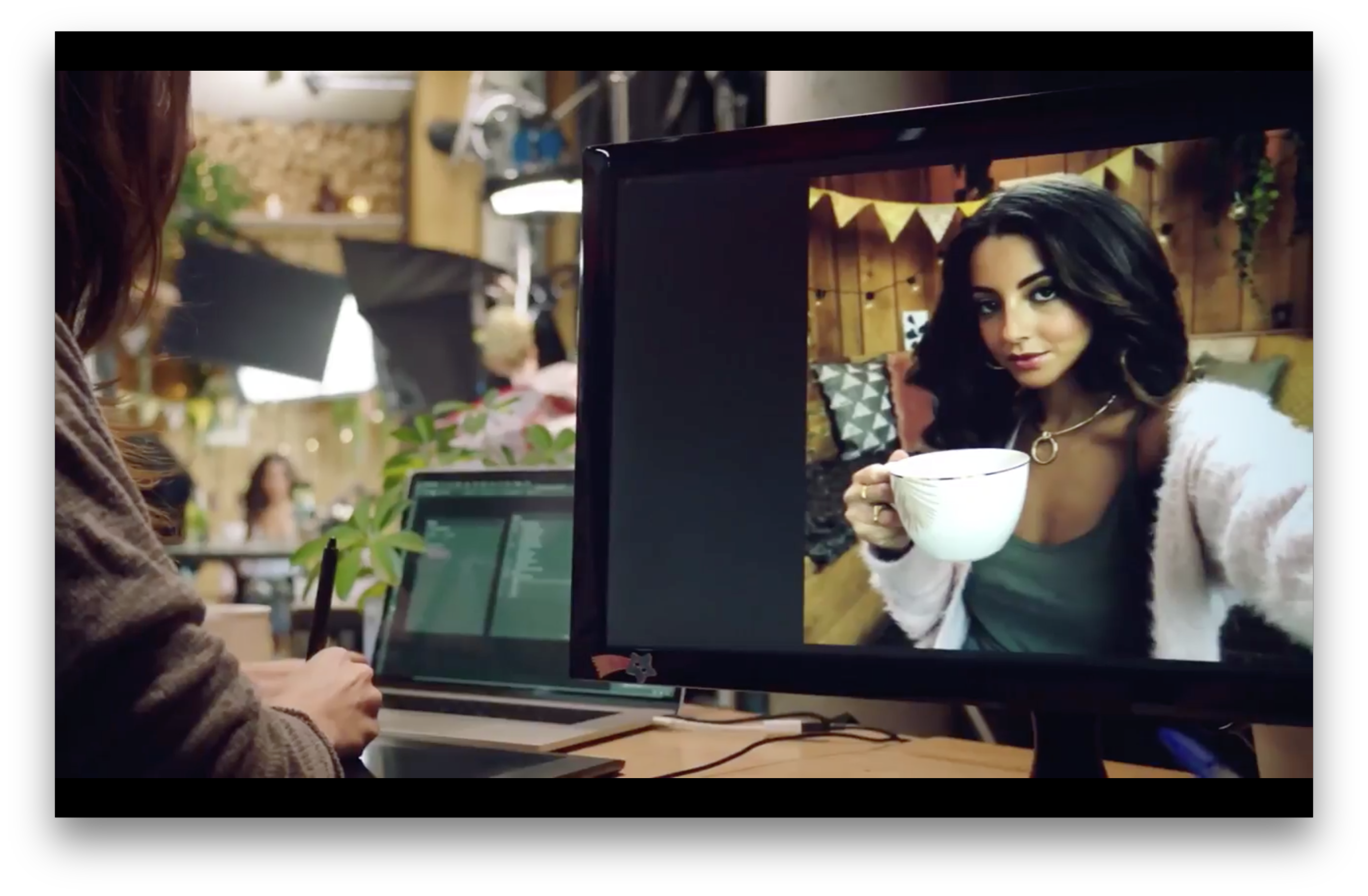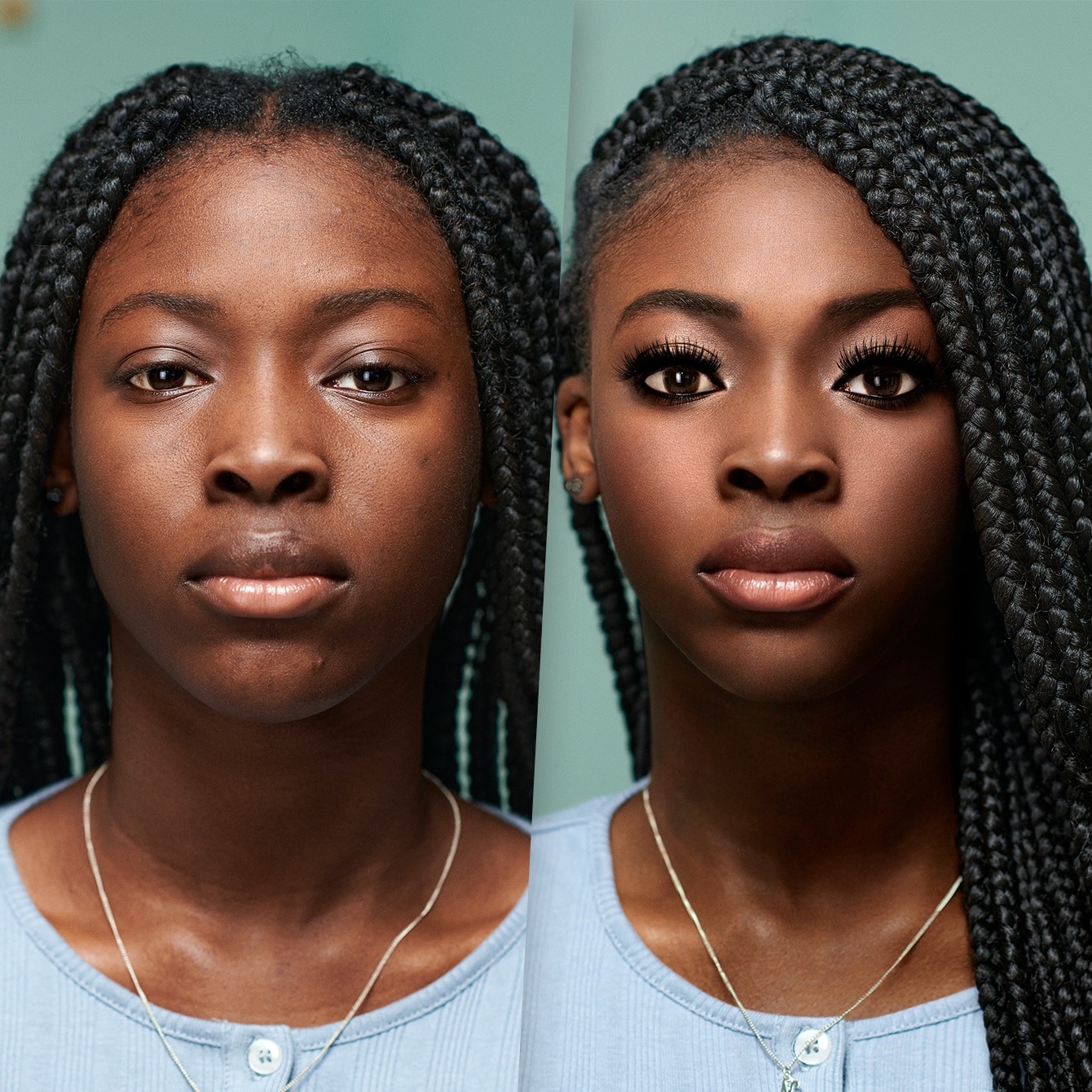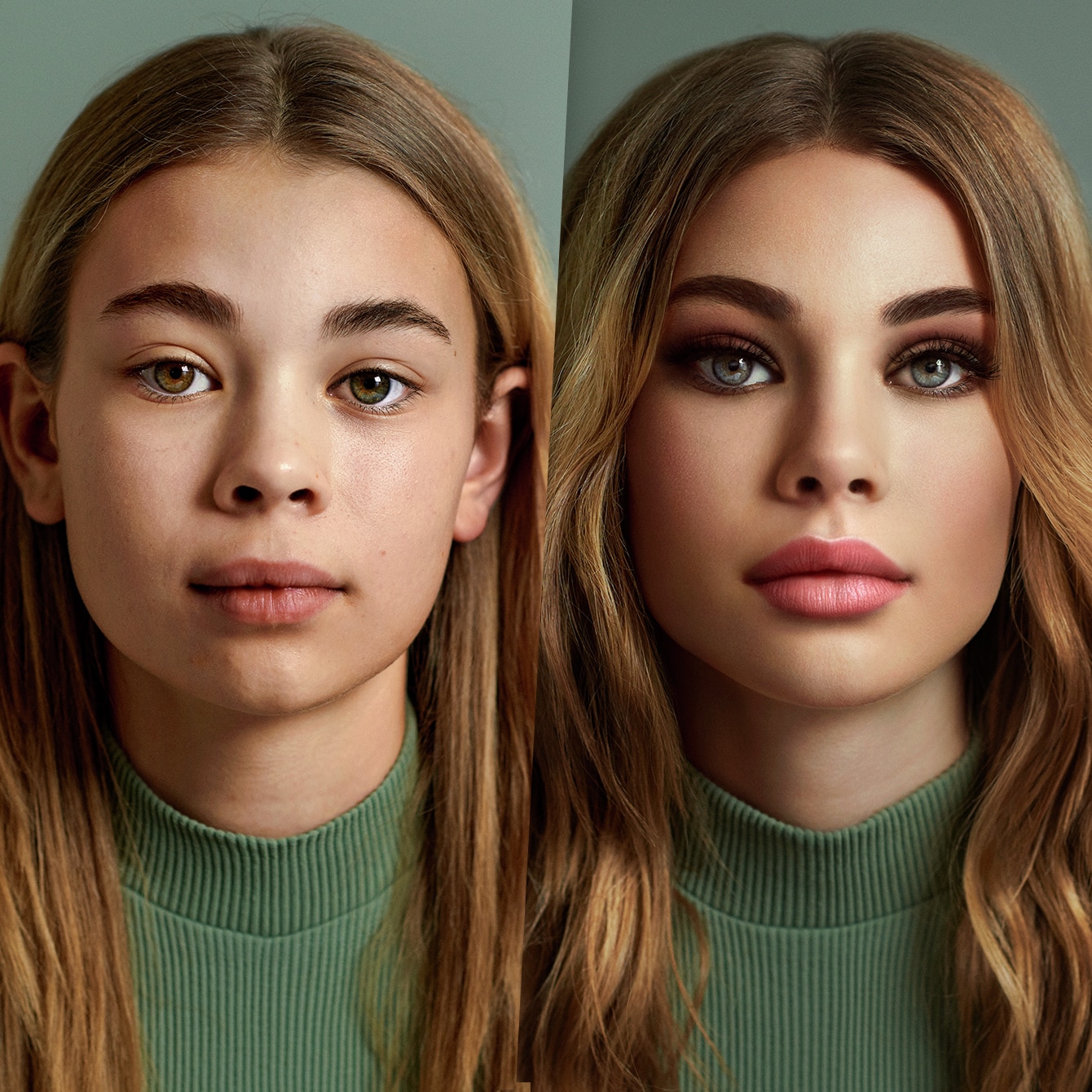For many young people, social media influencers are their go-tos for inspiration, tips, and trends. Influencers often provide fun, engaging content and recommendations, and can feel more real and relatable than celebrities. But, how can your child tell what's a real life recommendation and what's an ad? Helping your child navigate the world of social media influencers will help them make social media a more fun and healthy place.
What is an influencer?
If you’ve found yourself wondering ‘what does a social media influencer do?’ – we’re here to explain. Influencers are online personalities who share their lives and experiences on social media. And the images, captions, hashtags and videos they share have the potential to shape their followers' attitudes and behaviors. They often have large audiences who actively engage with what they post through comments, likes, shares and follows. Over half of teens watch influencers on YouTube, with millions also following them on multiple platforms like Instagram, TikTok, Twitter and Snapchat.
Authenticity on social media
Research shows that young people see social media influencers as credible, authentic and trustworthy sources of advice, inspiration and recommendations. They‘re more accessible than the traditional ‘celebrity’, so it’s no surprise that many young people see them as peers, forming emotional connections to them as they follow their daily lives online. This can also lead to them wanting to buy what the influencer is wearing or using in an effort (conscious or unconscious) to look like them and adopt their lifestyle.
#Ad
The influence of social media on our shopping habits is massive. Influencer marketing is now big business – with 86% of companies now using social media influencers to promote or endorse their brands and products. To do this, influencers might create dedicated videos talking about sponsored products. Or, they might post a selfie of themselves using a product (and tag the company that pays them) alongside their usual non-sponsored content. Despite it being so popular, influencer marketing is a largely unregulated industry. So, unlike traditional billboard and television ads, it can sometimes be challenging for young followers to spot an advertisement.
Many social media influencers post images that are digitally distorted with photo editing apps and filters so that they conform to beauty stereotypes. Looking at unrealistic beauty ideals, without knowing the images are altered, can negatively impact young people’s self-esteem and body confidence, especially if they see them as relatable and aspirational.
Spot the ad
You can encourage your child to develop their critical thinking and social media literacy skills by creating conversations about influencers and advertising. ‘A Selfie’ is our short film showing all the behind the scenes techniques that sometimes go into creating influencers’ posts.
Another way to help a young person is to play ‘Spot the ad’. Start by finding some examples of influencer advertising online. You could search for #AD or #Sponsored on Instagram or, if they're comfortable, ask your child to scroll through their feed with you to find influencer posts and adverts. Here are some helpful prompts and possible discussion points to get you started:
- What is being sold in this post? Why do you think this company paid this person to post this image? (because lots of young people look up to her)
- What feelings might someone have after looking at this post? (excitement, inspiration)
- What does this post suggest will happen if you buy the product? (they might be seen as cool or popular too if they buy the same things)
- What might someone do after seeing this post? (ask their parents to buy them it , or buy it themselves)
- Is it fair to compare the way we look to the person in this post and why? (no, because they probably used filters and editing apps)
- What might they have used to create this image? (filters, apps, special lighting)
- Why is it unfair for people to compare themselves to social media influencers like this?
Find positive role models online
It's also important to recognize that some influencers can be great social media role models, as well as sources of fun, education and positive inspiration for your child. There are a growing number of social media influencers who focus on building self-esteem and body confidence, as well as calling out digital distortion and unrealistic beauty ideals. Encouraging your child to follow their accounts can have a positive impact on how they feel about themselves, too.
But don’t forget that the best influencer in their life is you. Research shows that if you show appreciation and respect for your own body, it will benefit your child's confidence too. So, check out Self-Esteem at Home – our series of online sessions hosted by one of our favorite social media influencers, Megan Crabbe (@bodiposipanda). She gives great tips for how you can help the young people in your life build a better relationship with their bodies and feel confident in themselves, every day.
With the rise of social media, filters and digital distortion there's never been a better time to have the Selfie Talk.
The accounts we follow on social media can have a big impact on our self-esteem and body confidence. Find out how to curate a positive social media feed here.
Why is social networking so important to young people? Explore the positive and negative effects of social media, and why it can cause loss of self-esteem.










